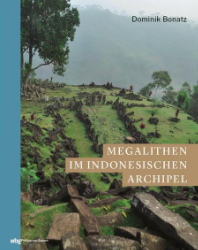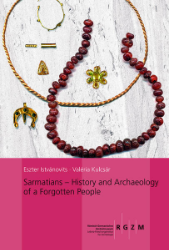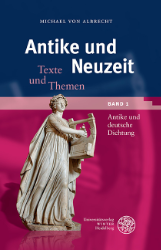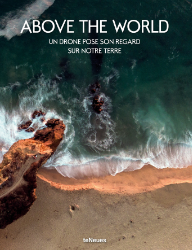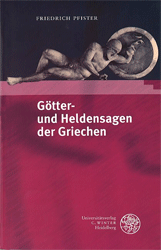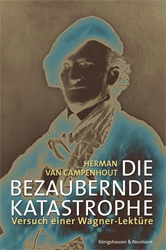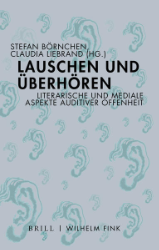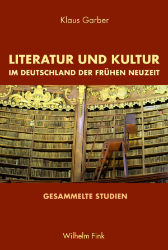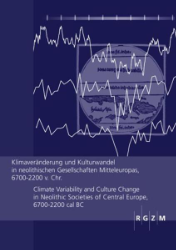Kundenlogin
Wenn Sie noch kein Kundenkonto haben, können Sie sich hier registrieren. Sollten Sie Ihr Passwort vergessen haben, können Sie hier ein neues Passwort anfordern.
Wenn Sie noch kein Kundenkonto haben, können Sie sich hier registrieren. Sollten Sie Ihr Passwort vergessen haben, können Sie hier ein neues Passwort anfordern.
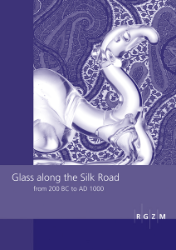
Glass along the Silk Road from 200 BC to AD 1000
International Conference within the Scope of the "Sino-German Project on Cultural Heritage Preservation" of the RGZM and the Shaanxi Provincial Institute of Archaeology, December 11th - 12th 2008. Edited by Bettina Zorn & Alexandra Hilgner. Römisch-Germanisches Zentralmuseum, Forschungsinstitut für Vor- und Frühgeschichte.21 contributions, focusing on the one hand on recent results of scientific analyses of glass and on the other hand on archaeological questions. Structured by three geographical areas (Europe, Western and Central Asia, East and Southeast Asia), they cover a chronological range from 200 BC to AD 1000. The possibilty of interdisciplinary research was one of the focal points of the conference, as well as questions on workshops, raw material, technology and trade. By means of presenting studies of regionally-specific glass forms and techniques, as well as current methods and discoveries, even when not directly connected to the Silk Road, a broader perspective is offered. - Since Antiquity the routes of the so-called Silk Road formed an important network for commercial, cultural and technological exchange. Far-reaching and criss-crossing the Asian continent they connected eastern and south-eastern parts of Asia to the Mediterranean world via both maritime and overland routes. Named after the lucrative silk trade, which developed during Han Dynasty, one tends to think of the Silk Road as a one-way road starting in China and ending at the Mediterranean. However, goods, technologies and ideas were travelling in both directions, and glass is an excellent example for a trade-good that arrived in the East from the West. The key developments of glass, which had its origins in the Middle and Near East, mainly took place in the Mediterranean and in the Arab World during Antiquitiy and Islamic times. Althouth known in the Far East since at least the Han Dynasty and treated as equivalent to precious stones, glass never played a significant role in Far Eastern cultures. Therefore glass finds from Far Eastern sites provide evidence for far-reaching trade-relationships and imply cross-fertilization with other cultures. XIV,248 Seiten mit 21 Tab., 176 Farb- und 35 s/w-Abb., Großformat, broschiert (RGZM-Tagungen; Band 9/Schnell + Steiner/Verlag des Römisch-Germanischen Zentralmuseums 2010)
Bestell-Nr.: 59030
ISBN-13: 9783884671481
ISBN-10: 3884671480
Erscheinungsjahr: 2010
Format: Großformat
ISBN-13: 9783884671481
ISBN-10: 3884671480
Erscheinungsjahr: 2010
Format: Großformat
Bindungsart: broschiert
Umfang: XIV, 248 Seiten mit 21 Tab., 176 Farb- und 35 s/w-Abb.
Gewicht: 1,15 kg
Verlage: Schnell + Steiner, Verlag des Römisch-Germanischen Zentralmuseums
Reihe: RGZM-Tagungen
Umfang: XIV, 248 Seiten mit 21 Tab., 176 Farb- und 35 s/w-Abb.
Gewicht: 1,15 kg
Verlage: Schnell + Steiner, Verlag des Römisch-Germanischen Zentralmuseums
Reihe: RGZM-Tagungen
Weitere Bücher der Reihe »RGZM-Tagungen«
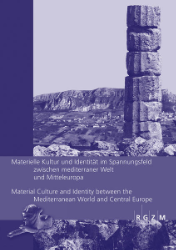
Materielle Kultur und Identität im Spannungsfeld zwischen mediterraner Welt und Mitteleuropa/
Material Culture and Identity between the Mediterranean World and Central Europe. …
Material Culture and Identity between the Mediterranean World and Central Europe. …
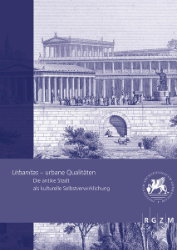
'Urbanitas' - urbane Qualitäten
Die antike Stadt als kulturelle Selbstverwirklichung. Kolloquium 19.-21. Dezember …
Die antike Stadt als kulturelle Selbstverwirklichung. Kolloquium 19.-21. Dezember …
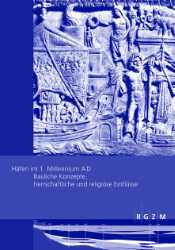
Häfen im 1. Millennium AD: Bauliche Konzepte, herrschaftliche und religiöse Einflüsse
Plenartreffen im Rahmen des DFG-Schwerpunktprogramms 1630 »Häfen von der Römischen …
Plenartreffen im Rahmen des DFG-Schwerpunktprogramms 1630 »Häfen von der Römischen …
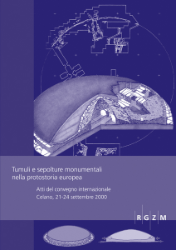
Tumuli e sepolture monumentali nella protostoria europea
Atti del convegno internazionale Celano, 21-24 settembre 2000
Atti del convegno internazionale Celano, 21-24 settembre 2000
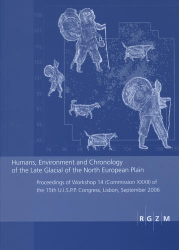
Humans, Environment and Chronology of the Late Glacial of the North European Plain
Proceedings of Workshop 14 (Commission XXXII "The Final Palaeolothic of the …
Proceedings of Workshop 14 (Commission XXXII "The Final Palaeolothic of the …
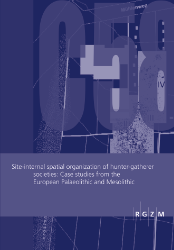
Site-internal spatial organization of hunter-gatherer societies
Case Studies from the European Palaeolithic and Mesolithic. Papers Submitted …
Case Studies from the European Palaeolithic and Mesolithic. Papers Submitted …
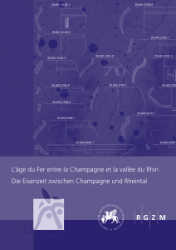
Die Eisenzeit zwischen Champagne und Rheintal
L'âge du Fer entre la Champagne et la vallée du Rhin. 34. internationales …
L'âge du Fer entre la Champagne et la vallée du Rhin. 34. internationales …
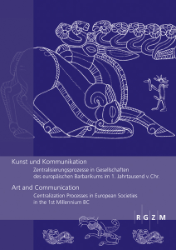
Kunst und Kommunikation/Art and Communication
Zentralisierungsprozesse in Gesellschaften des europäischen Barbarikums im …
Zentralisierungsprozesse in Gesellschaften des europäischen Barbarikums im …
Weitere Bücher im Sachgebiet »Außereuropäische Archäologie«
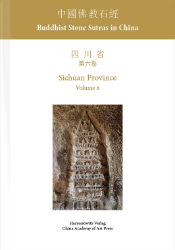
Buddhist Stone Sutras in China. Sichuan Province. Volume 6
Volume 6: Wofoyuan Section H. Zhong guo fo jiao shi jing. Si chuan sheng. Di …
Volume 6: Wofoyuan Section H. Zhong guo fo jiao shi jing. Si chuan sheng. Di …
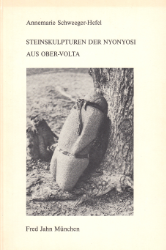



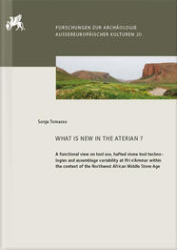
Tomasso, Sonja
What is new in the Aterian?
A functional view on tool use, hafted stone tool technologies and assemblage …
What is new in the Aterian?
A functional view on tool use, hafted stone tool technologies and assemblage …
